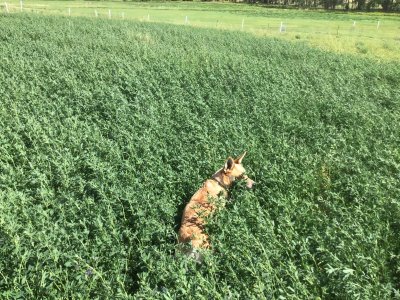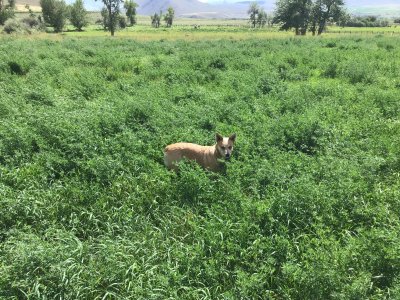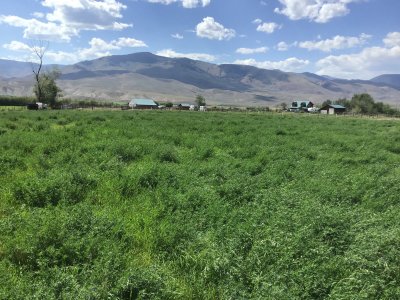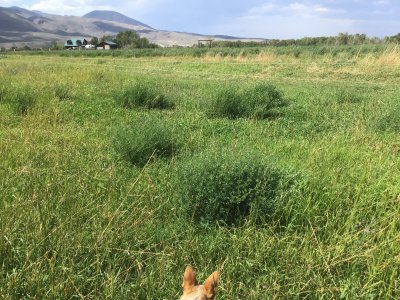Angus 1895
5 year old buck +
How many years or rather how tall should an tree be before extreme drought doesn’t cause it’s mortality?
What is the definition of drought…..as in inches of rain per month?
Thanks
What is the definition of drought…..as in inches of rain per month?
Thanks






